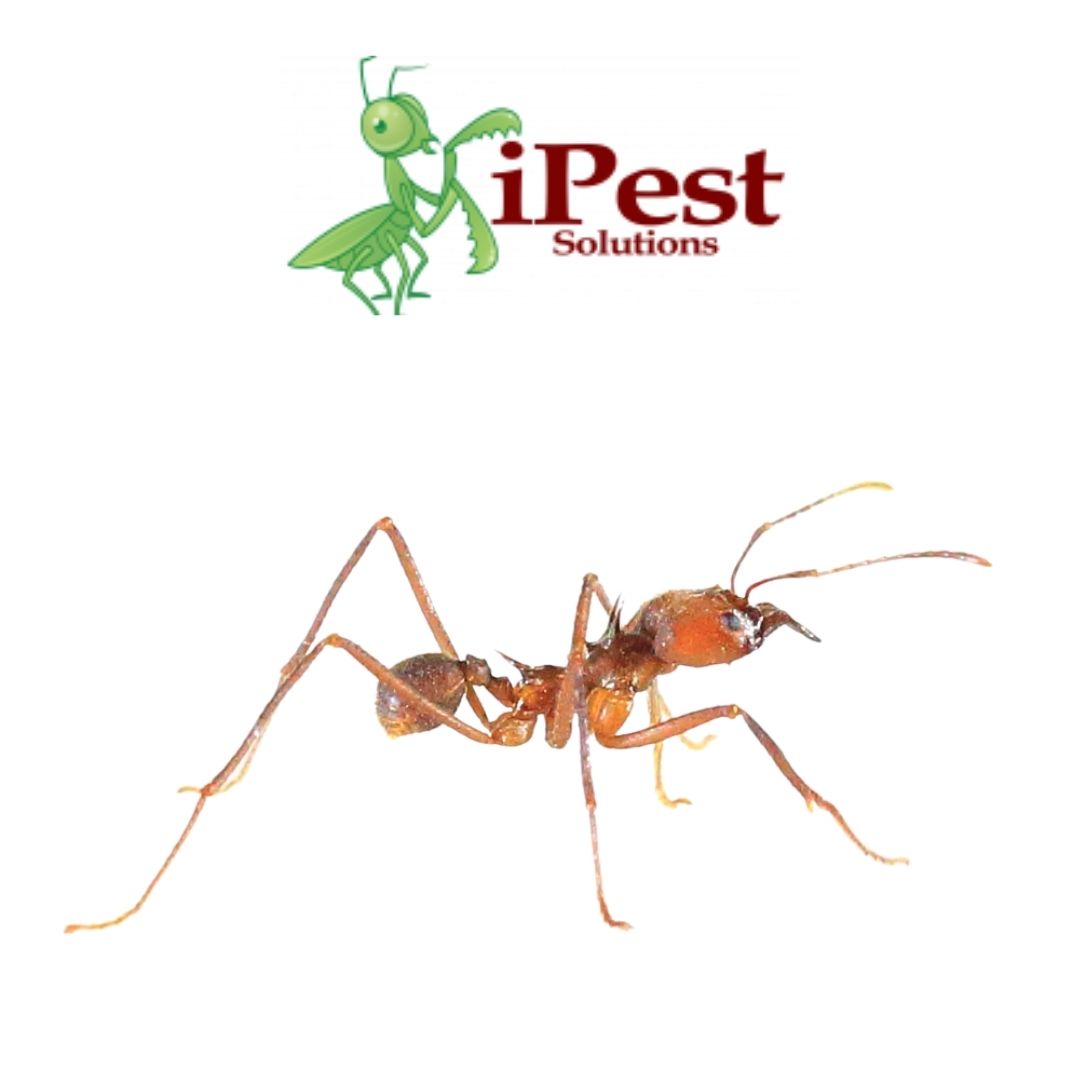Numerous ant species have been documented in the United States, and a small minority of these species inhabit urban and suburban areas where they serve as pests of homes, buildings, and/or turf-grass landscapes. Most ant pest species are nothing more than a nuisance in human settings, but a few are considered medically harmful. In response to the threatening presence of humans, some ant pests inflict bites, stings, or both in an effort to defend their colony. The very common Tawny crazy ant (Nylanderia fulva) is a South American native that has established an invasive habitat in the southern states, and they sometimes inflict bites on human skin, though this species is not considered a medical threat.
Numerous carpenter ant species (Camponotus sp.) are nuisance pests of homes, and some occasionally excavate nests within moist and decayed structural wood. Carpenter ants are notable for being the largest-bodied ants in the US, as major workers of the western black carpenter ant pest species (C. modoc) are between ¼ and ½ of an inch in length. Carpenter ants will bite humans in defense, and like most biting ant species including the Tawny crazy ant, carpenter ants spray irritating formic acid into the bite wound. While sustaining such an attack sounds painful, an ant’s formic acid causes only minor and short-lived localized pain. The Tawny crazy ant and several nuisance carpenter ant pest species establish infestations within homes and buildings in San Antonio, but the western black carpenter ant is the only significant wood-destroying carpenter ant pest found in the city.
Multiple native fire ant species are pests that invade homes in the southern states, and they are among the few ant pests that inflict venomous and painful stings that can trigger serious allergic reactions in sensitive individuals including potentially fatal anaphylactic episodes. The native fire ant pest species that are known to invade San Antonio homes and buildings include southern fire ants (Solenopsis xyloni), tropical fire ants (S. geminata), golden fire ants (S. aurea), and the S. amblychila species that has not been given a common name. These species have grown scarce in the south due to having been displaced by their more dominant invasive relatives the red-imported fire ant (Solenopsis invicta) and the black-imported fire ant (S. richteri). Both of these invasive fire ant pests have been responsible for numerous human envenomation incidents, some of which have resulted in death. Unlike native fire ants, however, red-imported fire ants rarely invade homes; instead this species constructs unsightly and economically costly dirt nesting mounds on cultivated residential and commercial landscapes. While the red-imported fire ant is a very common landscape pest in San Antonio, the black-imported fire ant’s habitat range is restricted to a small area in northern Mississippi and Georgia.
Have you ever stepped on a red-imported fire ant mound?







